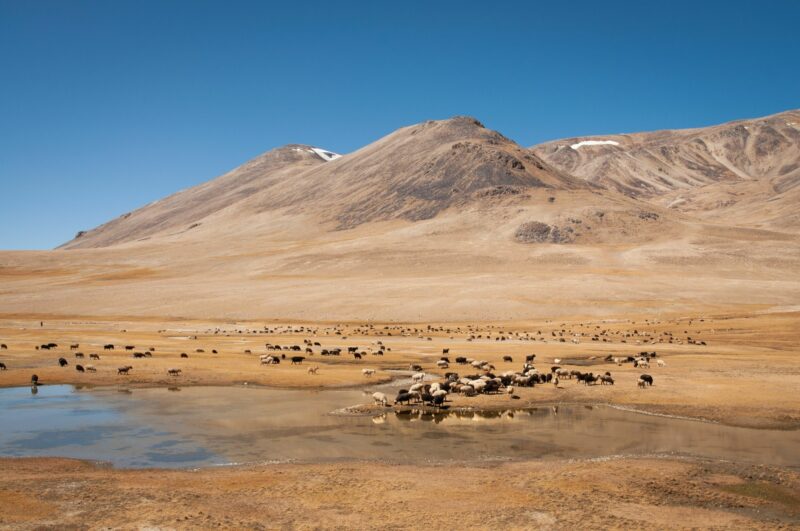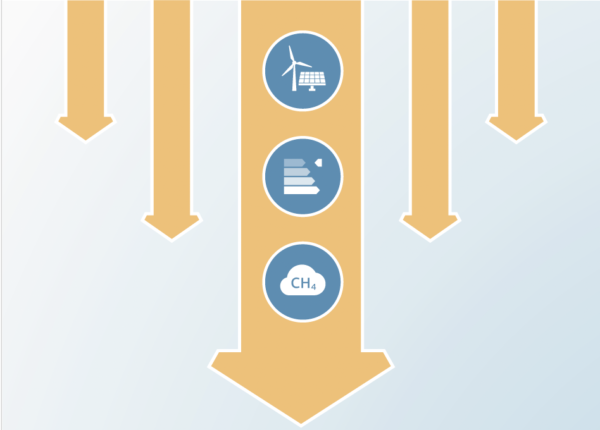Climate change impacts in Central Asia and their implications for development
Authors
Christopher P.O Reyer, Ilona M. Otto, Sophie Adams, Torsten Albrecht, Florent Baarsch, Matti Cartsburg, Dim Coumou, Alexander Eden, Eva Ludi, Rachel Marcus, Matthias Mengel, Beatrice Mosello, Alexander Robinson, Carl-Friedrich Schleussner, Olivia Serdeczny and Judith Stagl
Share

This paper synthesises what is known about the physical and biophysical impacts of climate change and their consequences for societies and development under different levels of global warming in Central Asia.
Projections show mean temperatures increasing by up to 6.5°C compared to pre-industrial by the end of this century across the region. Associated physical impacts include altered precipitation regimes, more frequent heat extremes and increasing aridity. Increasing rates of glacial and snow melt could lead to greater river runoff, but also to greater seasonality of runoff in the short term and to decreasing water availability in the medium term to long term. These changes have negative implications for the water availability in the region and for conflicting water demands between agriculture and hydropower. Climate change could mostly decrease crop yields, challenging food security, but in more northern regions there could also be positive effects.
Studies on climate change impacts on energy systems are scarce and yield conflicting results, but the more regional study shows decreasing prospects for hydropower.
The health of the population is already sensitive to heat extremes and is projected to be exposed to more frequent and prolonged heat waves in the future, among other potential health impacts.
While the evidence for a link between climate and migration is weak, the rural-to-urban migration can be especially expected to intensify. The paper concludes that Central Asia will be severely affected by climate change even if the global mean temperature increase is limited to 2°C above pre-industrial levels, due to the potential for impacts to occur simultaneously and compound one another as well as interactions with wider development challenges, while risks will be strongly amplified if this threshold is crossed.











